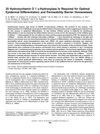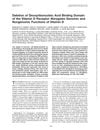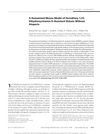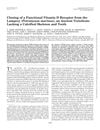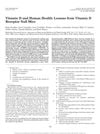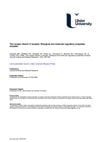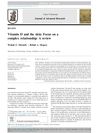Evidence for 1,25-Dihydroxyvitamin D3-Independent Transactivation by the Vitamin D Receptor
February 2007
in “
Journal of biological chemistry/The Journal of biological chemistry
”
TLDR The vitamin D receptor can work without its usual activating molecule.
The study provided evidence that the Vitamin D Receptor (VDR) could activate transcription independently of its ligand, 1,25-Dihydroxyvitamin D3 (1,25(OH)2D3), specifically in primary keratinocytes. This was demonstrated by the activation of the 24-hydroxylase promoter without 1,25(OH)2D3. The findings suggested that VDR might interact with other ligands or undergo modifications such as phosphorylation to exert its effects. This ligand-independent activity was unique to keratinocytes and selective for certain promoters, indicating a potential for targeted therapeutic strategies in skin disorders like psoriasis and skin cancer without causing hypercalcemia. The study also highlighted the importance of VDR-RXR heterodimerization in this process.
